By Jessie Todd Johnson
MSNHA graduate assistant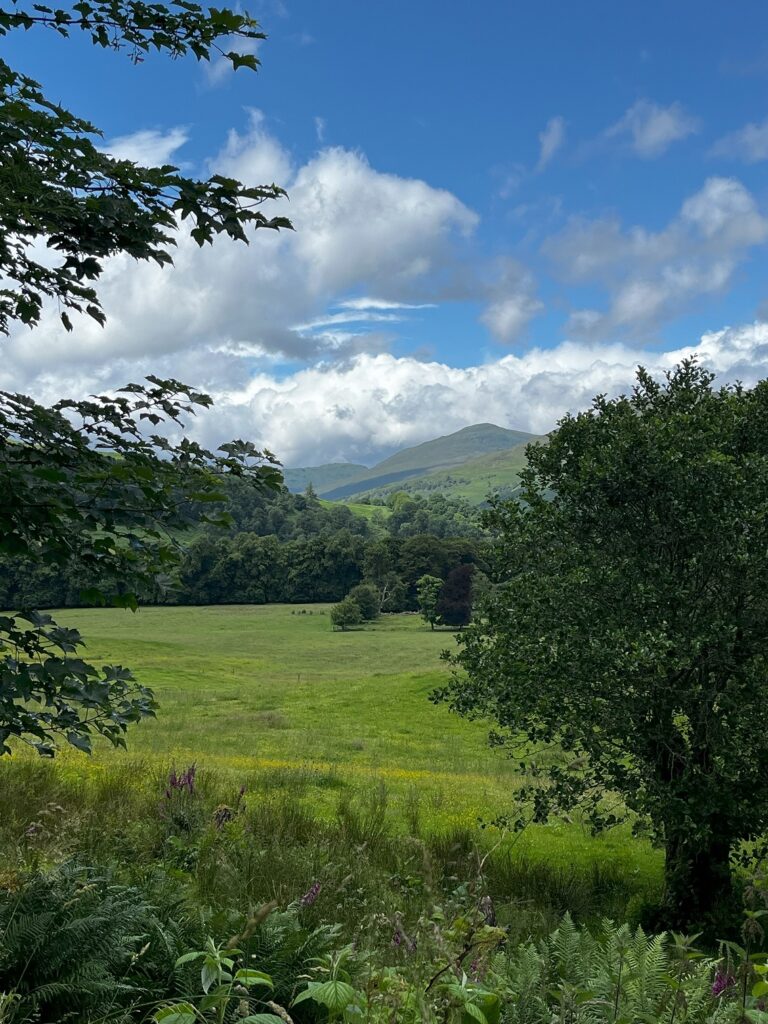
I had the amazing opportunity during the first two weeks of July to travel to Scotland. It was amazing partially because of how beautiful it was and the opportunities I had to learn, but also because I got to see the homeland of my ancestors. Like most people of European descent in the Southeast, my family immigrated from Scotland. They first settled in the Carolinas and then eventually moved to Alabama. It is easy to see why the Southeast was so popular with the Scots. The entire time I was in the highlands, I was struck by how similar it was to the Appalachian Mountains. If I had not known any better, I would have thought I was in Tennessee. And along with that natural beauty, the Scottish Highlands also offered remarkable similarities to the Southeast with its abundance of cultural heritage.
Stone circles are a major representation of the prehistoric peoples who lived in Scotland. There are 500 stone circles in Scotland. Archeologists do not know why stone circles were built or for what the sites were used. To me, these stone circles felt like Indian mounds. Both stone circles and mounds were used for a variety of rituals and had various levels of importance to people. While the stone circles on average tend to be better taken care of than Indian Mounds, the renewed interest in both reflects the desire of modern people to stay connected with the cultural heritage of their homeland. While in the highlands, I, along with my classmates, were able to map a stone circle. The Acharn stone circle had been mapped twice but both times missed key details such as a fallen-over stone and the curve of a wall running through the circle.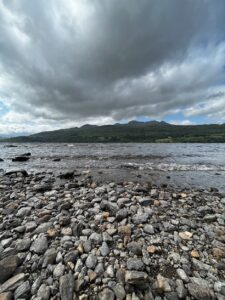 Working with Historic Environment Scotland Archaeologist Adam Welfare, we not only mapped the remaining stones but also the proper path of the wall. The remains of the stone circle are some of the only physical remains of the prehistoric people who lived and worked in the highlands and are a major part of Scotland’s cultural heritage. Why the stones were left mostly unbothered — and even protected in a sense — adds another layer to the history surrounding the Scottish Reformation and religion in general. Stone circles could have easily been destroyed along with other religious and spiritual icons in 1560. Why they were left untouched shows that even in the 1500s stone circles were considered important and a part of cultural heritage.
Working with Historic Environment Scotland Archaeologist Adam Welfare, we not only mapped the remaining stones but also the proper path of the wall. The remains of the stone circle are some of the only physical remains of the prehistoric people who lived and worked in the highlands and are a major part of Scotland’s cultural heritage. Why the stones were left mostly unbothered — and even protected in a sense — adds another layer to the history surrounding the Scottish Reformation and religion in general. Stone circles could have easily been destroyed along with other religious and spiritual icons in 1560. Why they were left untouched shows that even in the 1500s stone circles were considered important and a part of cultural heritage.
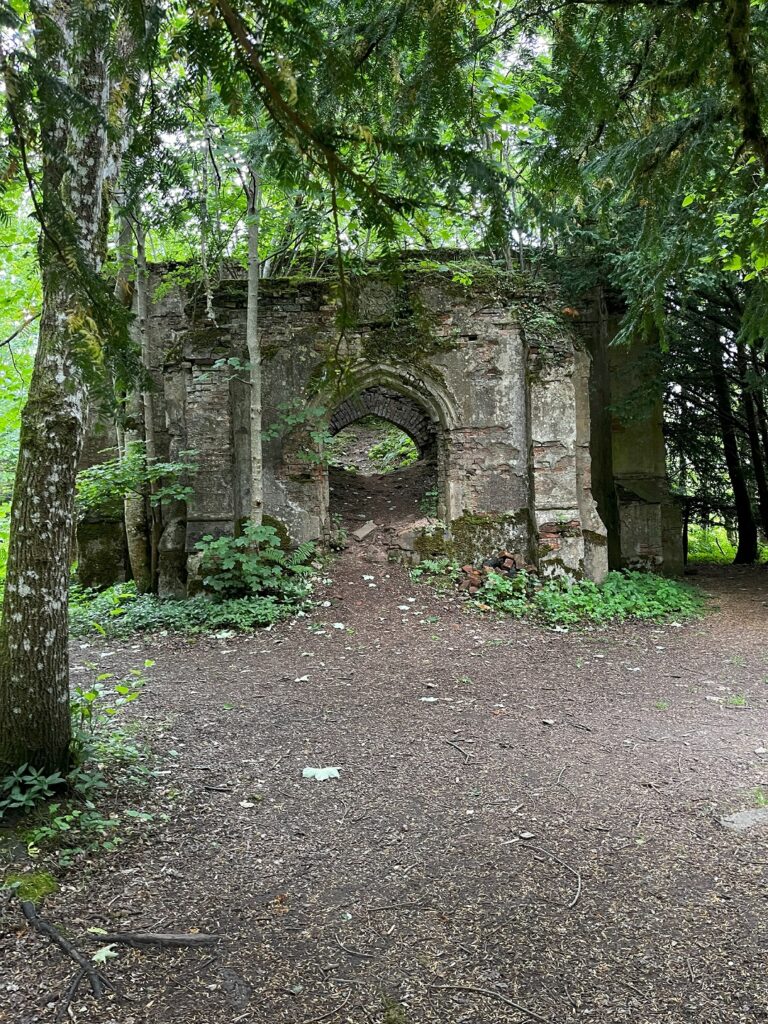 Along with mapping a stone circle, we were able to visit the Scottish Crannog Center, a museum that is actively interpreting Scotland’s cultural heritage. Crannogs are roundhouses built on stilts over water in the Stone and Iron ages. Crannogs are not unique to Scotland; they appear in Ireland and Wales. However, excavation of crannogs has occurred more frequently in Scotland which has added to what archeologists know about the structures as well as the people who inhabited them. The Crannog Center interprets the items found at the Oakbank Crannog as well as the lives of Iron Age Scots. The Crannog Center is a small museum but has a massive undertaking of interpreting the lives of people who are not well known. For the two days that we were there, we helped with interpreting artifacts in the museum and with interacting with the public in the Iron Age village. Sharing this history with a diverse crowd was so much fun and it really drives home the need for smaller institutions. The Crannog Center is a pillar within its community and has become a resource for those around Loch Tay. Cultural heritage is not always preserved by large government institutions or offices but by those within communities who care about their shared history. Supporting these smaller institutions in turn helps to preserve cultural heritage as well as resources for the local community.
Along with mapping a stone circle, we were able to visit the Scottish Crannog Center, a museum that is actively interpreting Scotland’s cultural heritage. Crannogs are roundhouses built on stilts over water in the Stone and Iron ages. Crannogs are not unique to Scotland; they appear in Ireland and Wales. However, excavation of crannogs has occurred more frequently in Scotland which has added to what archeologists know about the structures as well as the people who inhabited them. The Crannog Center interprets the items found at the Oakbank Crannog as well as the lives of Iron Age Scots. The Crannog Center is a small museum but has a massive undertaking of interpreting the lives of people who are not well known. For the two days that we were there, we helped with interpreting artifacts in the museum and with interacting with the public in the Iron Age village. Sharing this history with a diverse crowd was so much fun and it really drives home the need for smaller institutions. The Crannog Center is a pillar within its community and has become a resource for those around Loch Tay. Cultural heritage is not always preserved by large government institutions or offices but by those within communities who care about their shared history. Supporting these smaller institutions in turn helps to preserve cultural heritage as well as resources for the local community.
Part No. 2 coming next week!
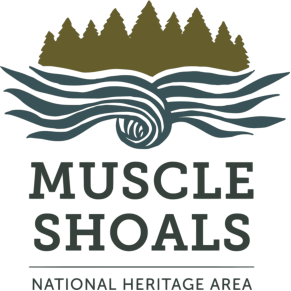
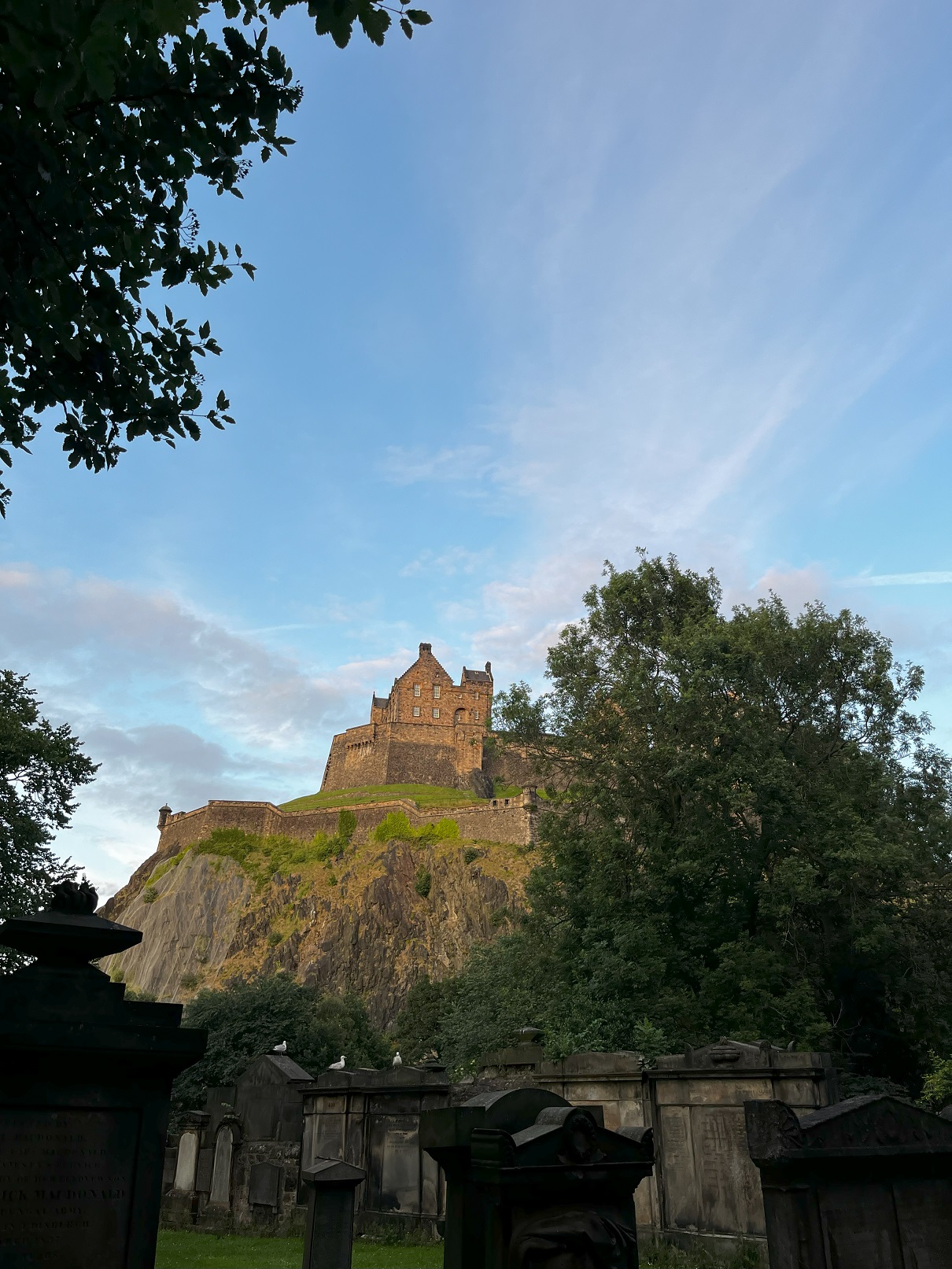
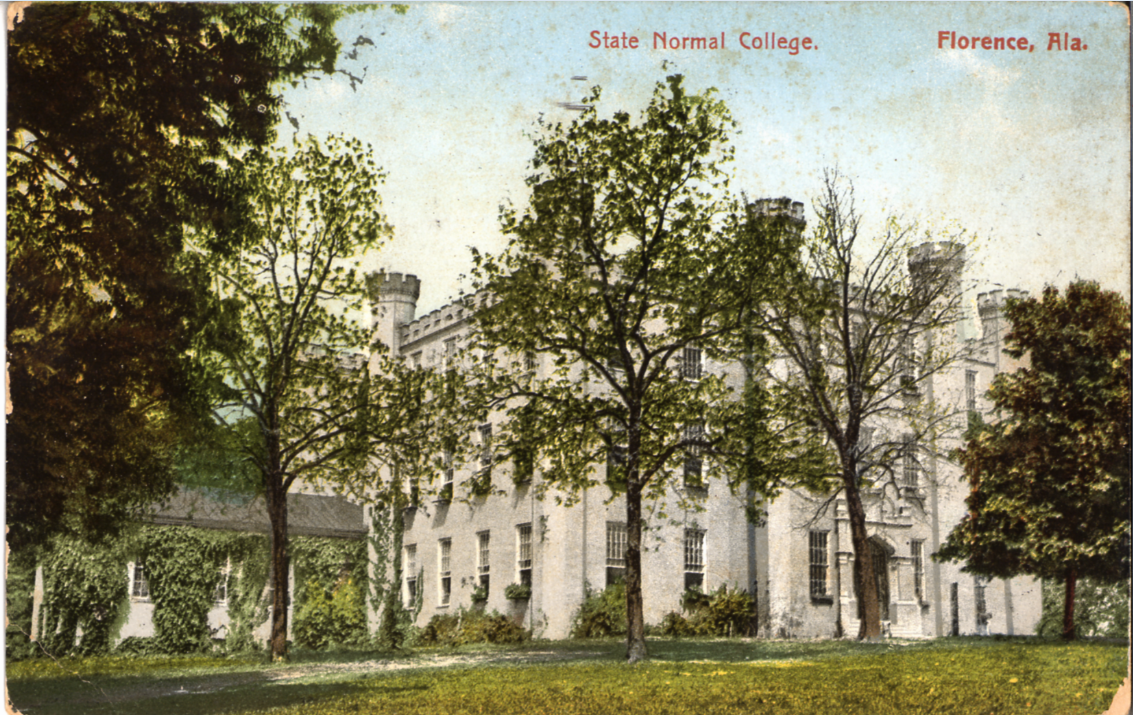

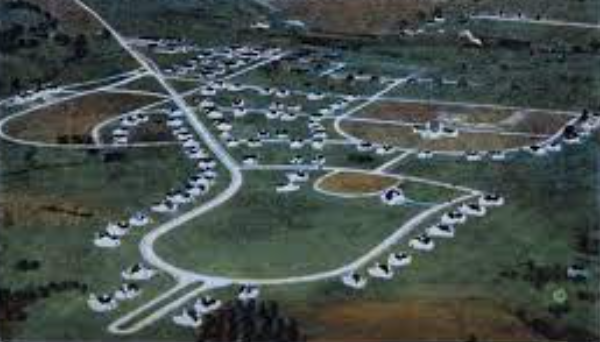

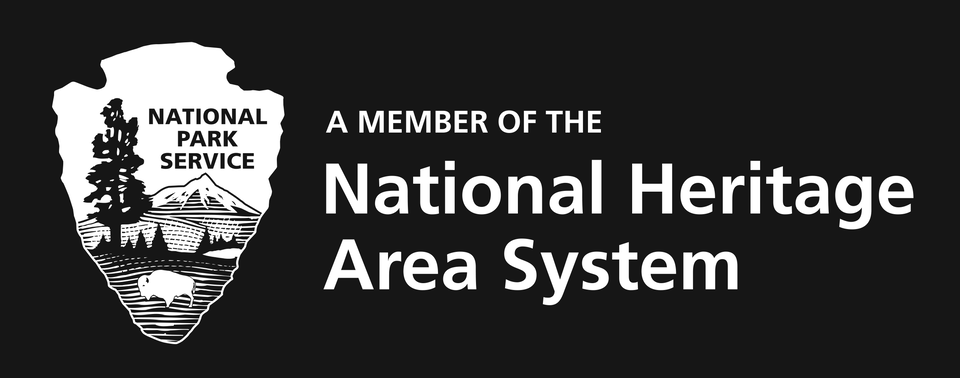
2 Responses
Thanks for the descriptions.
Want to hear all about your adventures.
Thanks so much for letting us know you’re enjoying Jessie’s travel stories. There’s more coming next week!